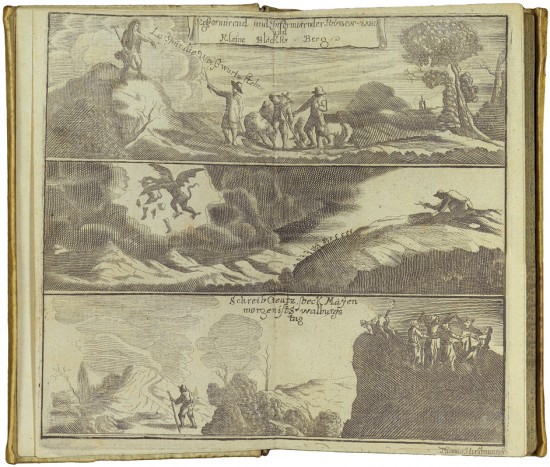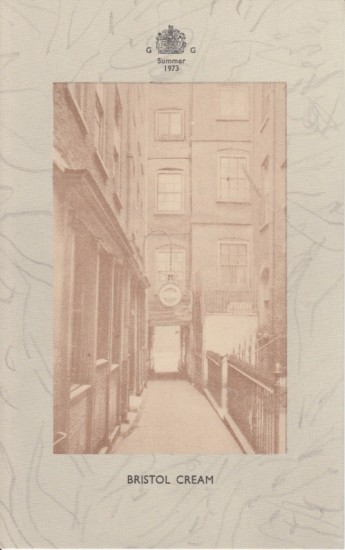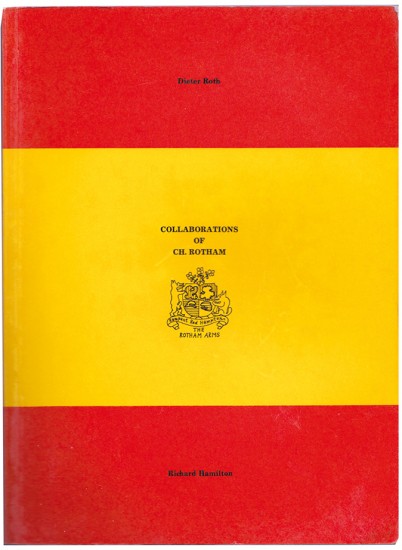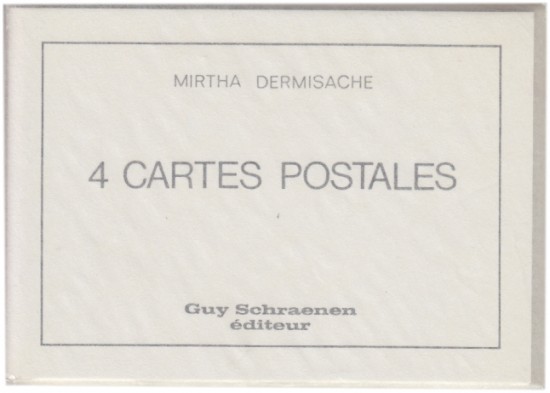Satyrus Etymologicus, Oder der Reformirende und Informirende Rüben-Zahl ... &c
Praetorius, M. Johannes. (Pseud. for Hans Schultze)
(Leipzig?). 1672. im jahr ich mvsz so ein gvter mann seyn als dv seyn mvst
Sold
First edition of this folkloric collection and masterpiece of German Baroque printing.
Hans Schultze (1630 - 1680), who published pseudonymously a large number of works - Hayn in his bibliography lists ninety-two - was an important folklorist and cataloguer of the bizarre. The present work, a further collection of tales concerning the Silesian mountain spirit Rübezahl after the 1662 'Daemonologia Rubinzalli', is also noteworthy for its inclusion of poetry (see pages 195 - 277) of the Pegnesischer Blumenorden (the Pegnitz Flower Society) founded in Nuremberg in 1644 for the promotion of the German language and German poetry in particular. Many of these verses, twelve in total, are printed in the form of paegnia or calligrammes and in a variety of shapes: a candlestick, altar, clover, vase with flowers, heart, crown, wreath and perhaps most capriciously, a guitar (see Q5 verso).
It is worth noting that the Pegnesischer Blumenorden is the only Baroque literary society to survive to the present day. The importance of the Rübezahl cycle of tales is indicated by the fact that Gustav Mahler began an opera based on the tales (using a later and rather less malignant version) completing several drafts of his libretto in the 1880s but only completing musical sketches for the first movement; a number of other composers had also chosen the Rübenzahl theme, with Hefling citing no less than fourteen.
'Rübezahl is a legendary mountain spirit of the Riesengebirge range in Silesia ... Folk tales of Rübezahl were circulating long before the seventeenth century, but it is the four collections of Johannes Prätorius that provide the most noteworthy accounts of Rübezahl's activities, in no fewer than 241 tales. In these he is a demonic trickster, appearing to men in the guise of giant, monk or animal. He misleads travellers; sends foul weather when irritated; and guards the treasures of the mountains, occasionally sharing his precious ores with the poor. Generally he is fearsome, however, and is frequently identified with the devil.' (Stephen Hefling).
'Praetorius had an open eye and a sharp ear for all wonder stories, witch tales, and accounts of ghosts and sorcery current among the people. He indefatigably collected all information on remarkable subjects and happenings, and was fond of popular gossip ... Includes a chapter (pp. 195 - 277) of poems by a Shepherd of the Pegnitz: 'Der Fried-seligen Irenen Lustgarten, mit unterschiedlichen poetischen Bildern und Jahr-Reimen geschmücket, und der hochlöblichen Pägnitschen Schäfferey zu Ehren von 3. Jetzischen Hirten besungen.' The principal figure is Geuder-Rosidan; the others are named Fillexemen and Fillockles.' (Faber du Faur who categorizes the work in 'Oddities').
The 'Satyrus Etymologicus' is rare and we can trace only one copy at auction in the last 35 years: the Hauck copy sold at Christie's New York in 2006; institutionally the work is rare outside Germany with copies at Yale, Princeton, the British Library and Trinity College Dublin only.
[Faber du Faur I, 762; Hayn 85; see Stephen Hefling, The Road Not Taken: Mahler's Rübezahl in The Yale University Library Gazette, April 1983].
Hans Schultze (1630 - 1680), who published pseudonymously a large number of works - Hayn in his bibliography lists ninety-two - was an important folklorist and cataloguer of the bizarre. The present work, a further collection of tales concerning the Silesian mountain spirit Rübezahl after the 1662 'Daemonologia Rubinzalli', is also noteworthy for its inclusion of poetry (see pages 195 - 277) of the Pegnesischer Blumenorden (the Pegnitz Flower Society) founded in Nuremberg in 1644 for the promotion of the German language and German poetry in particular. Many of these verses, twelve in total, are printed in the form of paegnia or calligrammes and in a variety of shapes: a candlestick, altar, clover, vase with flowers, heart, crown, wreath and perhaps most capriciously, a guitar (see Q5 verso).
It is worth noting that the Pegnesischer Blumenorden is the only Baroque literary society to survive to the present day. The importance of the Rübezahl cycle of tales is indicated by the fact that Gustav Mahler began an opera based on the tales (using a later and rather less malignant version) completing several drafts of his libretto in the 1880s but only completing musical sketches for the first movement; a number of other composers had also chosen the Rübenzahl theme, with Hefling citing no less than fourteen.
'Rübezahl is a legendary mountain spirit of the Riesengebirge range in Silesia ... Folk tales of Rübezahl were circulating long before the seventeenth century, but it is the four collections of Johannes Prätorius that provide the most noteworthy accounts of Rübezahl's activities, in no fewer than 241 tales. In these he is a demonic trickster, appearing to men in the guise of giant, monk or animal. He misleads travellers; sends foul weather when irritated; and guards the treasures of the mountains, occasionally sharing his precious ores with the poor. Generally he is fearsome, however, and is frequently identified with the devil.' (Stephen Hefling).
'Praetorius had an open eye and a sharp ear for all wonder stories, witch tales, and accounts of ghosts and sorcery current among the people. He indefatigably collected all information on remarkable subjects and happenings, and was fond of popular gossip ... Includes a chapter (pp. 195 - 277) of poems by a Shepherd of the Pegnitz: 'Der Fried-seligen Irenen Lustgarten, mit unterschiedlichen poetischen Bildern und Jahr-Reimen geschmücket, und der hochlöblichen Pägnitschen Schäfferey zu Ehren von 3. Jetzischen Hirten besungen.' The principal figure is Geuder-Rosidan; the others are named Fillexemen and Fillockles.' (Faber du Faur who categorizes the work in 'Oddities').
The 'Satyrus Etymologicus' is rare and we can trace only one copy at auction in the last 35 years: the Hauck copy sold at Christie's New York in 2006; institutionally the work is rare outside Germany with copies at Yale, Princeton, the British Library and Trinity College Dublin only.
[Faber du Faur I, 762; Hayn 85; see Stephen Hefling, The Road Not Taken: Mahler's Rübezahl in The Yale University Library Gazette, April 1983].
[311 leaves (including inserted double-page frontispiece and final blank Pp8); pp. (xii), 552 (605)]. 8vo. (162 x 100 mm). Engraved double-page frontispiece by Thomas Hirschmann (158 x 176 mm), printed title with woodcut vignette, two woodcut head-pieces, woodcut tail-piece, four-line decorative initials throughout and sectional title 'Der Andere Historischer Theil'. Gothic text throughout with Latin sections in Roman and italic types, occasional quotations in Greek or Hebrew types, numerous mispaginations corrected in manuscript in sepia ink. Full contemporary vellum with Yapp edges, manuscript number to spine ('147'), blue speckled edges.
#42255











